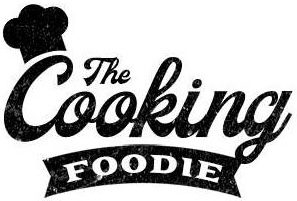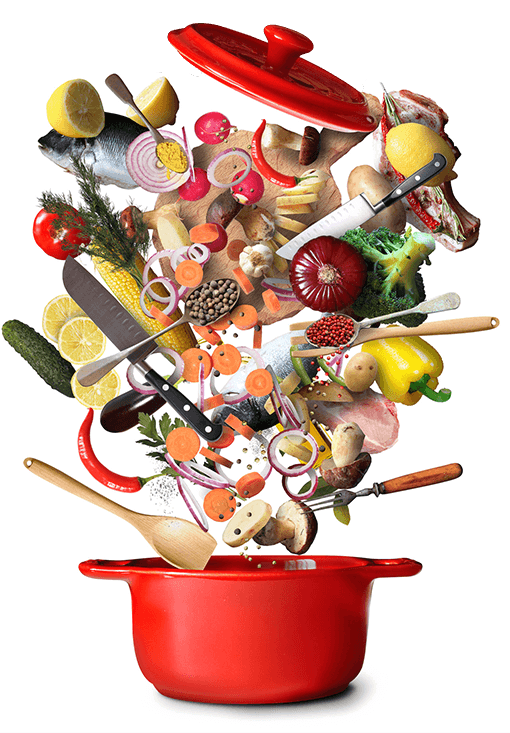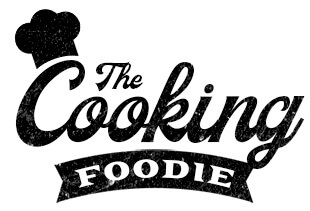How to Price Homemade Cookies
Learn how to determine pricing for cookies with this complete cookie pricing guide! Whether you’re someone who loves to bake at home or are looking to start a bakery, this guide has everything you need to ensure you turn a profit and have success with all your baking goals!
Homemade Cookies Pricing: What You Need to Know
When it comes to determining pricing for cookies, you may think all you need to know is the cost of the ingredients you use. However, there’s quite a bit more that goes into effective cookie pricing if you plan on making any profit.
Important factors to consider include:
- Ingredient Costs
- Packaging Expenses
- Labor
- Equipment Expenses
- Mailing Expenses
- Mark Up Costs
Taking note of these things before you begin selling homemade cookies can help reduce headaches and ensure you turn a profit from the very beginning, leading to a successful cookie-selling business.
💰Calculating Costs
Your costs for cookie making can fluctuate. So, it’s important to determine them all before you begin in order to allow for different margins. This prevents you from losing money on more complicated recipes!
Ingredient Costs
Keep track of all the ingredients you buy and how much you purchase at a time. I recommend using a spreadsheet and noting how often you’re buying different items like flour and sugar.
When calculating the cost of each ingredient, I highly recommend converting everything to weight for more accurate calculations. Then, write down how much you’re using for each recipe, calculate the cost at the end, and divide that by how many cookies a recipe made.
This will give you the price per batch as well as the cost for each individual cookie.
Packaging and Labeling Costs
Next, you’ll need to factor in the costs for packaging and labels according to your state’s cottage food laws or the laws of the country you’re selling in.
Determine whether you need to package cookies individually or if you can package them in groups. Then, write down the cost of the materials used for each batch.
Labor
If purchasing cookies from a store, you would be paying partially for the labor involved in preparing the recipe. So, you need to make sure to pay yourself the same.
Take note of time and labor costs including:
- Mixing the dough
- Rolling and cutting cookies
- Baking
- Preparing the icing and toppings
- Decorating
- Packaging
Track the time spent on a batch of cookies. Then, divide the total time by the total number of cookies you produced, and you’ll have the labor in minutes for each cookie. You can set an hourly rate for yourself and factor that into your cookie prices.
Variable Costs
Variable costs include pricing markups or ingredients and tools used that are not originally calculated in the cost per cookie. Essentially, these are costs that are unaccounted for but can impact the price of your cookies.
Variable costs when making and selling homemade cookies include:
- Ingredients: Flour, Butter, Sugar, Butter, Chocolate Chips, Etc.
- Packing Materials: Cellophane Bags, Labels, Plastic Wrap
- Shipping Costs: Packaging, Stamps, Rush Fees
- Labor: Outsourced labor is a variable cost because it can vary based on demand.
- Sales Commissions: This is not typically a factor to consider when selling homemade cookies. However, it can come into play if you begin selling to local businesses or working with a company.
These costs are important to consider when determining how to price homemade cookies, because they can vary greatly. As a result, they can have a large impact on your profit margins and base price of materials.
If you underprice your cookies, you may not end up with enough money to cover the different costs from week to week. The goal when determining cookie prices is to set it high enough that all fluctuating expenses will be covered in the total cost of your cookies each week.
🍪Homemade Cookie Cost Formula
In order to remain profitable, I recommend marking up the cost when determining pricing for cookies. To do this, I include all fixed and variable costs when creating a cookie pricing formula.
To determine the cost of your cookies, use the formula below! 👇
Formula:
Cost of Goods Sold (a.k.a Cookies) = Ingredient Cost + Labor Cost + Variable Costs + Overhead Costs
Example:
So, let’s say you made a batch of 16 soft and chewy chocolate chip cookies.
The ingredients cost $6. Then, it took you 1 hour and 15 minutes to make them, and you set your hourly rate at $30. Next, you determine that variable and overhead costs such as packaging, baking sheets, etc. cost $20.
Therefore, using the formula you would have:
- 16 Cookies = 6 + 37.50 + 20
- 16 Cookies = 63.50
- 1 Cookie = $3.97
Mistakes to Avoid when Setting Homemade Cookie Pricing
- Underpricing. Underpricing is probably the most common mistake and can cause your cookie-selling business to fail before you begin. Make sure to follow the formula above to ensure you have a decent profit margin!
- Not Calculating the Total Cost. Many beginners only factor in the cost of ingredients when pricing their cookies, but packaging, labor, and variable costs play important factors, too.
- Ignoring Local Competition. It’s important to scope out other local cookie makers to ensure your prices are competitive. If you set them too low, you won’t turn a profit. However, if you set them too high, your competitors are likely to outsell you.
- Not Adjusting Prices. Pay attention to special occasions, supply and demand, and exclusive requests, and adjust your pricing to reward customers for large orders, holidays, etc. to gain repeat clients.
- Having Only Basic Options. Start with simple cookies like chocolate chip cookies and sugar cookies, but don’t forget to include novelty options as well! This will increase revenue and set you apart from competitors!
Frequently Asked Questions
The exact profit margin can vary widely depending on your income and expenses. However, in general, you can expect to earn between 25% and 30% profit when selling homemade cookies.
This is ultimately up to you. However, selling both single cookies and packages can be a great way to offer incentive pricing and drive up revenue. For example, you can sell individual cookies for $3 and a pack of two cookies for $5. Most people are more likely to buy the pack of cookies, which provides a discount for them and increases profit for you.
Starting a cookie business can be very profitable, especially when taking the time to determine appropriate pricing for cookies.



